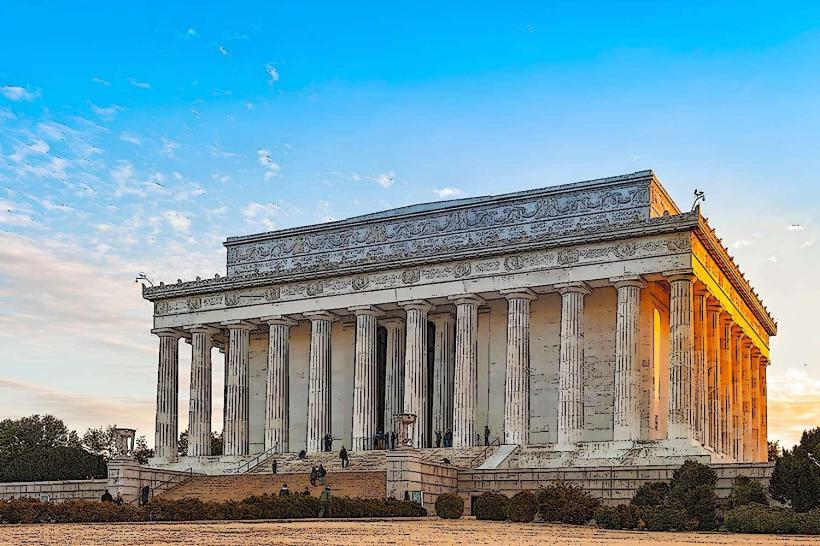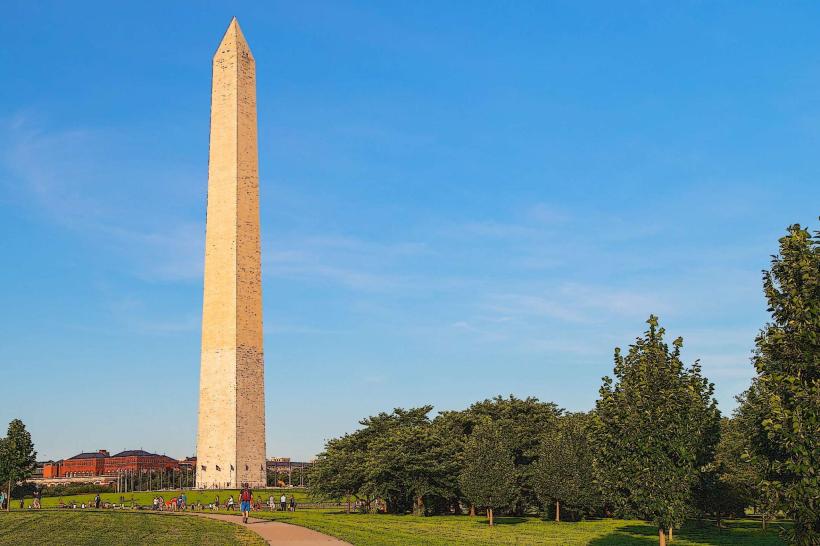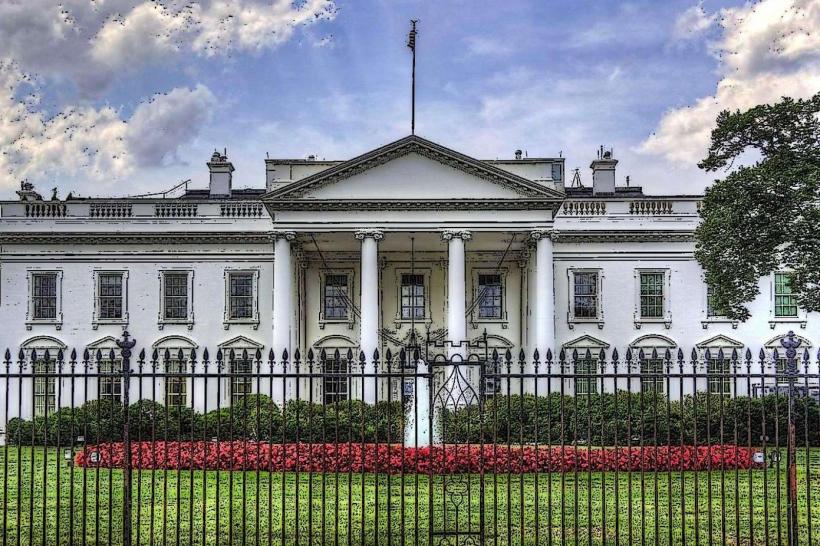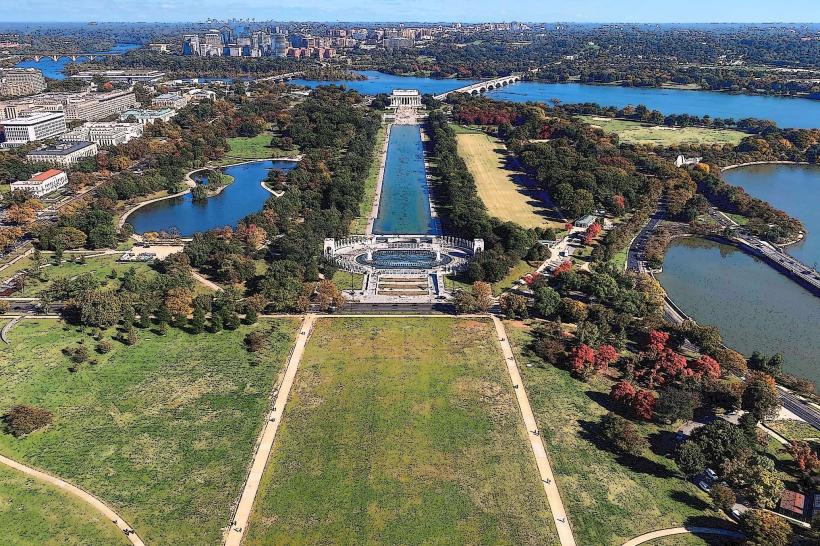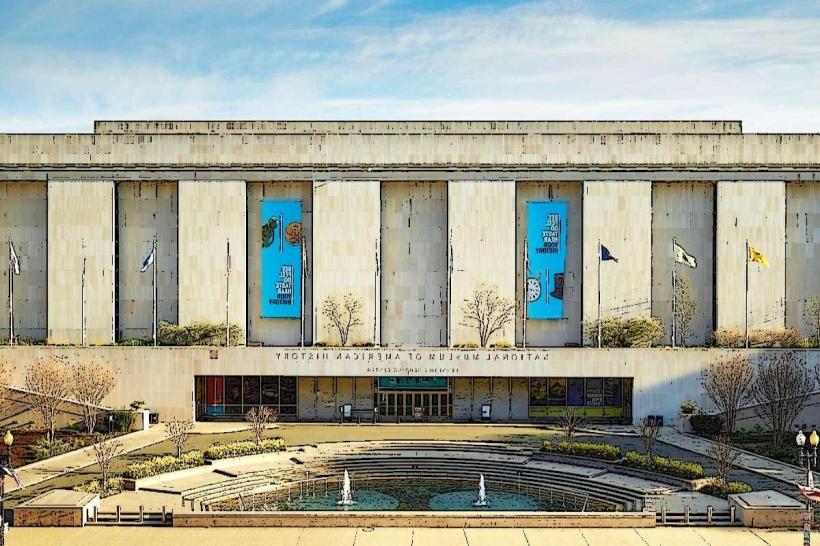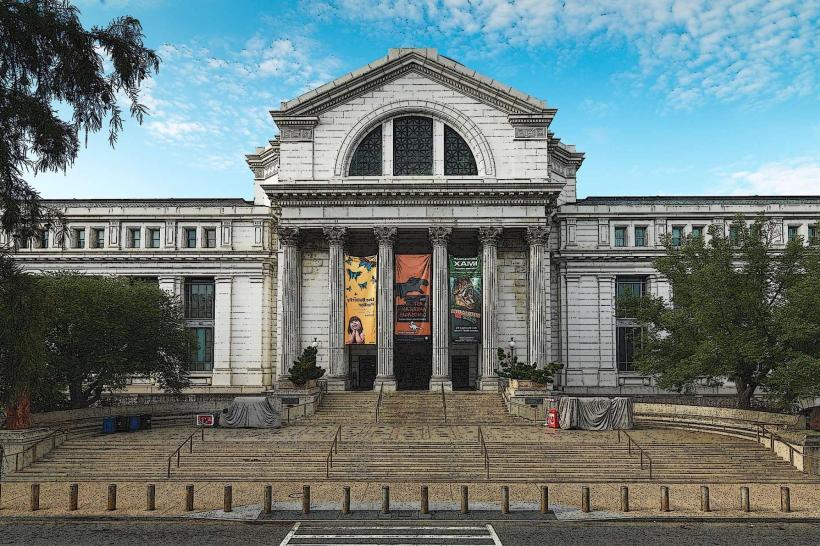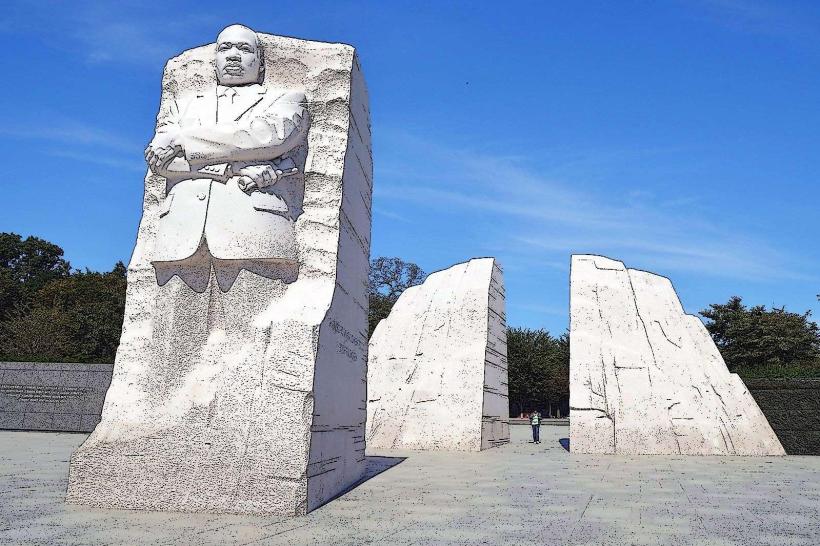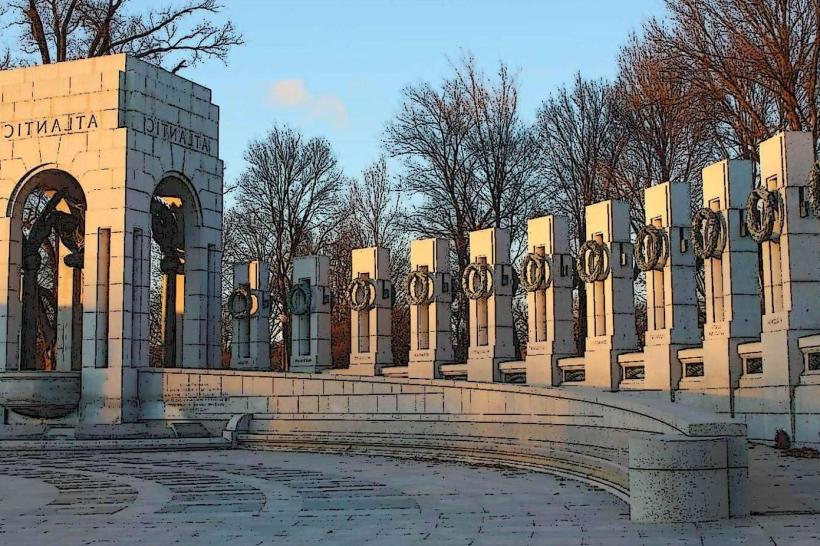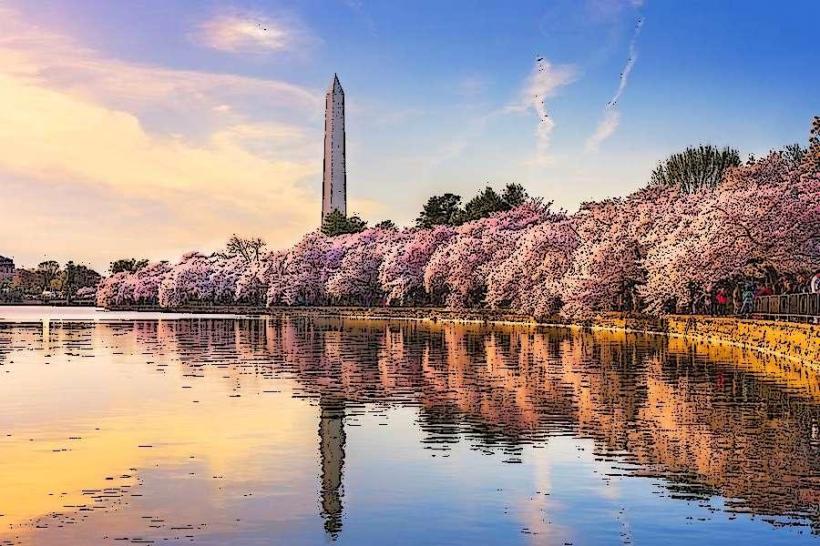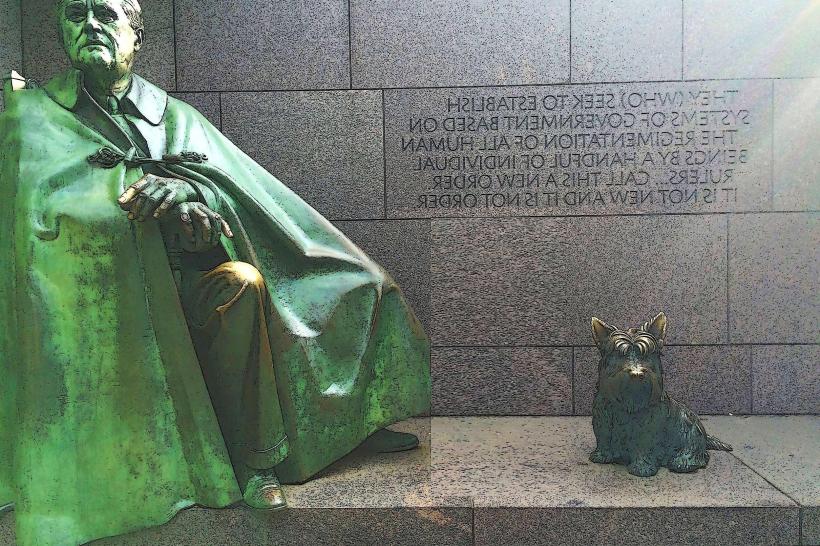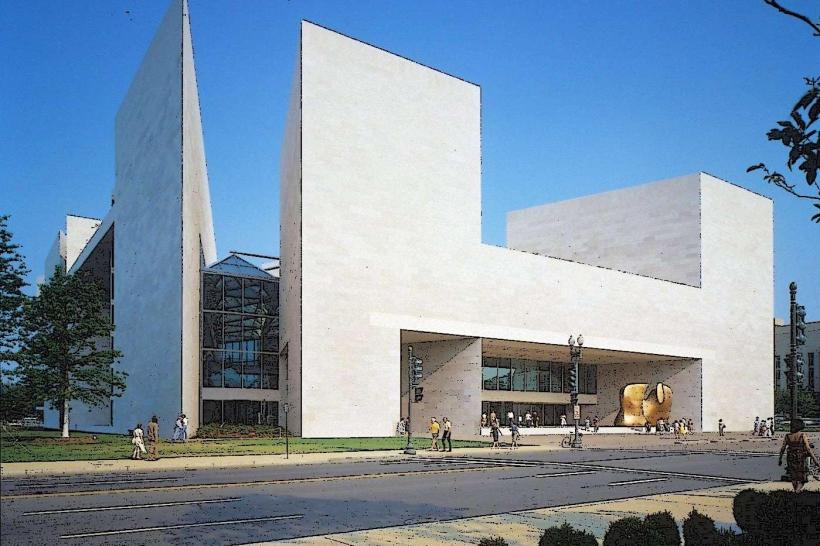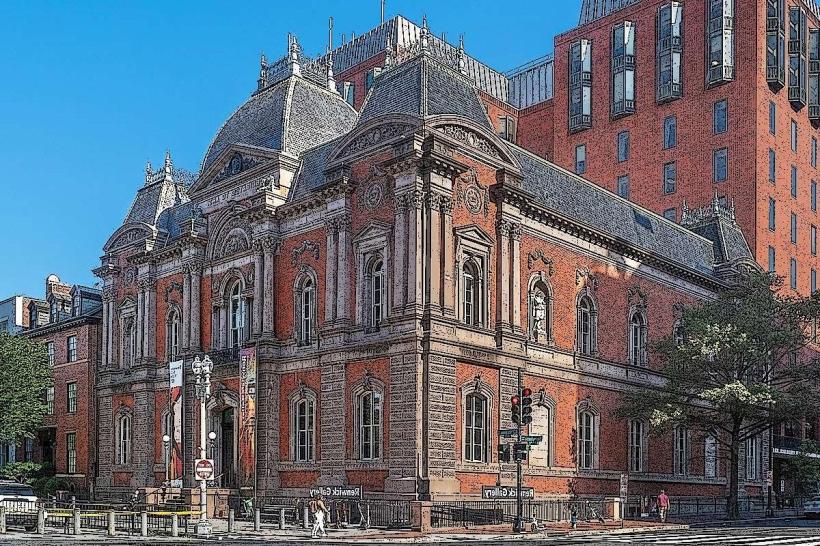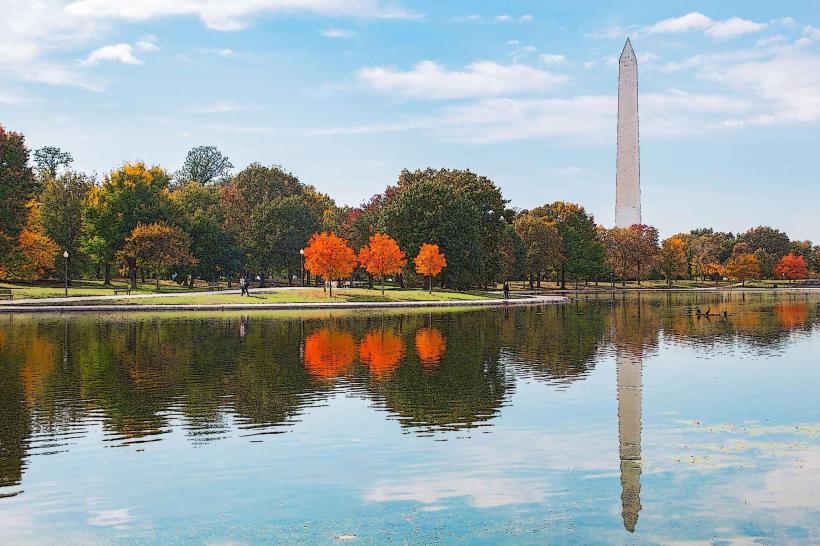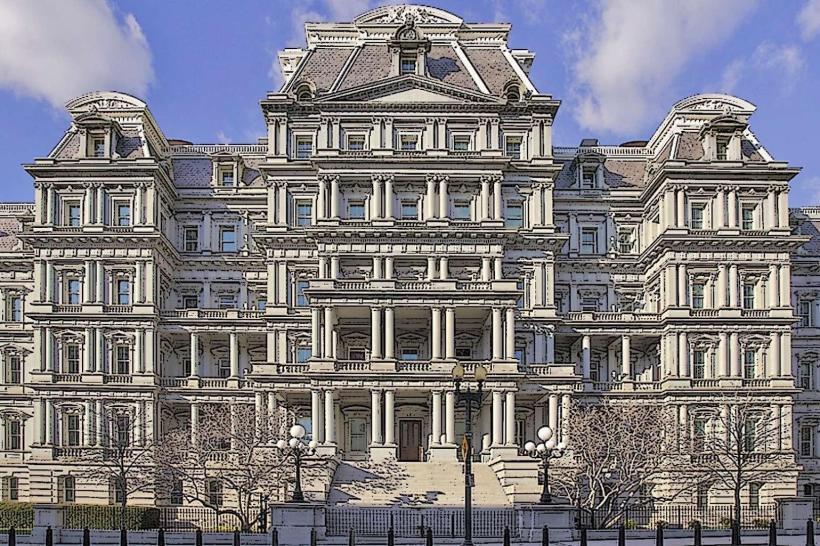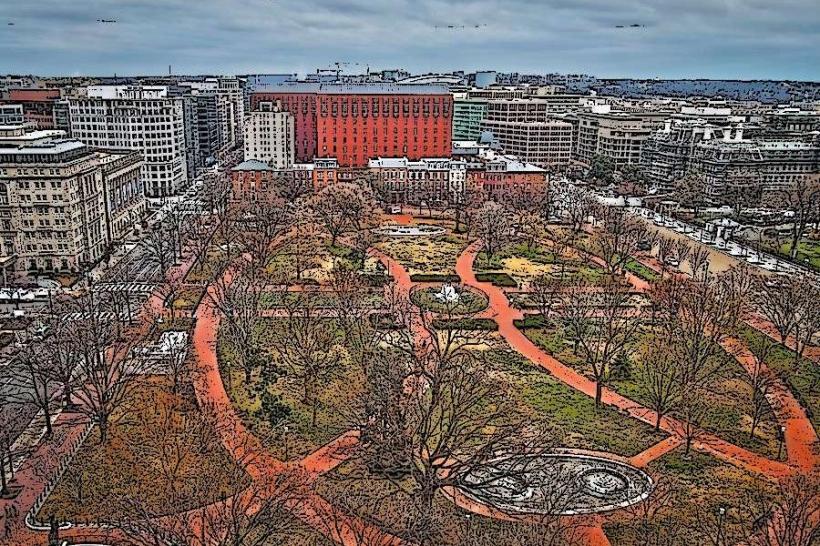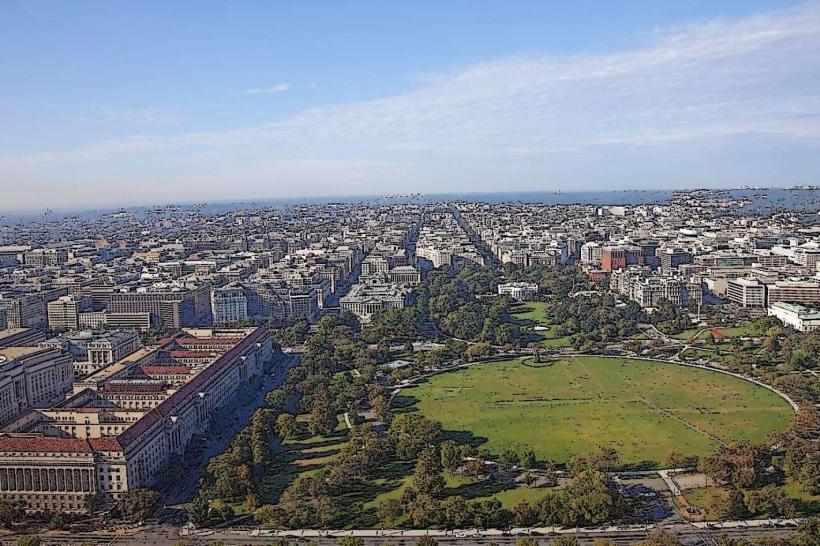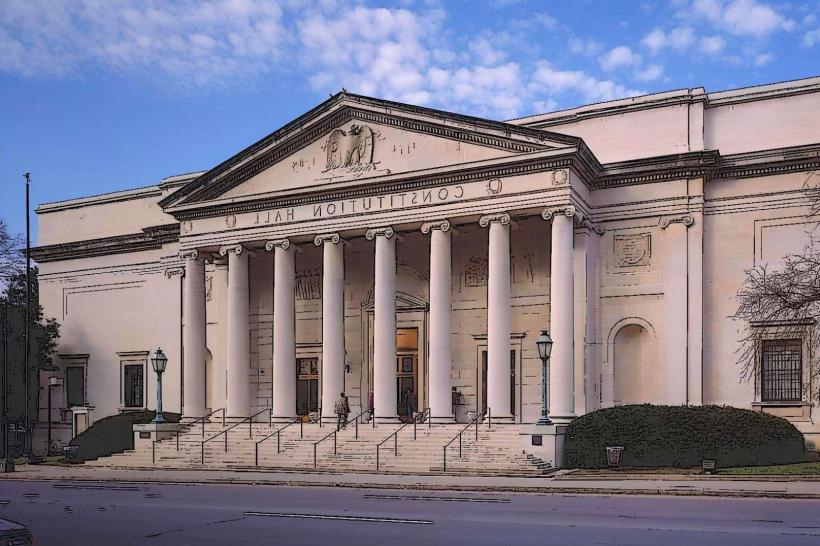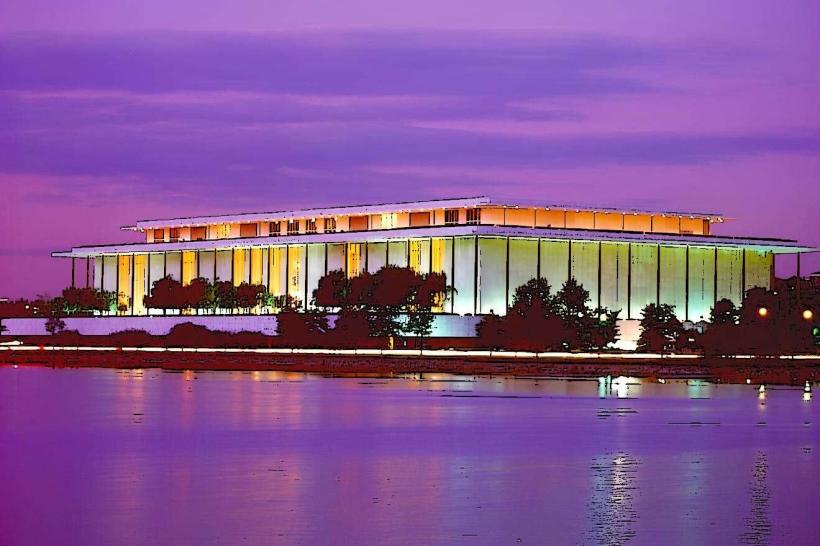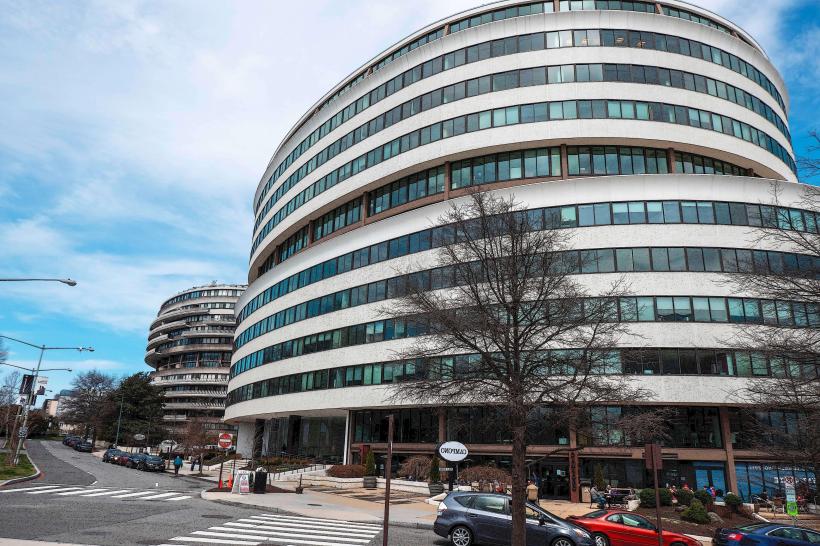Information
Landmark: Smithsonian CastleCity: Northwest Washington
Country: USA Washington DC
Continent: North America
Smithsonian Castle, Northwest Washington, USA Washington DC, North America
Overview
The Smithsonian Castle, officially the Smithsonian Institution Building, stands as a striking red sandstone landmark on the National Mall in Washington’s Northwest quadrant, moreover it’s both the symbolic and administrative hub of the Smithsonian, anchoring the history and identity of the world’s largest museum and research network.Between 1847 and 1855, the Smithsonian Castle rose from the red sandstone, becoming the Smithsonian Institution’s first home after its founding in 1846 through the bequest of English scientist James Smithson, whose gift aimed to “increase and diffuse knowledge.” Inside, it held offices, collections, and a library-a practical hub meant to inspire, echoing the spirit of curiosity and public learning, after that before the Smithsonian spread into a network of specialized museums and research centers, its collections and administration were housed in the original building, where the scent of historic paper lingered in the halls.Curiously, It still stands as a reminder of the Smithsonian’s original vision-and its promise to keep sharing knowledge, from dusty artifact drawers to the brightest lecture halls, equally important the Smithsonian Castle stands as a bold showcase of Norman Revival style, its red sandstone walls rising into crenellated towers, arched windows catching the light, and a central tower anchoring the medieval, fortress-like design.Architect James Renwick Jr, meanwhile designed the building, blending Romanesque arches with Gothic spires to give it a sense of strength, permanence, and the quiet dignity of scholarly tradition.Locally quarried in Maryland, the deep red sandstone gives the Castle its warm, earthy tone, like the glow of brick after sunset, subsequently turrets, battlements, and an uneven façade give the building a whimsical, storybook outline, standing in sharp contrast to the clean, symmetrical lines of the neoclassical federal buildings next door.Today, the Smithsonian Castle serves as the Institution’s main office and welcomes guests through its tall, red sandstone doors, on top of that inside, you’ll find the Smithsonian Secretary’s office, a few other top officials tucked away behind polished wooden doors, plus meeting rooms and research spaces buzzing with quiet work.The Castle serves as the Smithsonian’s Visitor Center, where guests can pick up maps, grab tickets, and get their bearings before exploring the museums and exhibits scattered across the National Mall and beyond, besides inside the visitor center, guests can tap through interactive exhibits that trace the Smithsonian’s history and treasures, then map out their day in the sprawling museum complex.Inside, you’ll find rooms dressed in fine detail-polished historic woodwork, stained glass that catches the afternoon light, and artifacts that tell the Institution’s story, also lectures, special events, and educational programs often fill the Castle’s Great Hall and other public spaces, sometimes with the warm buzz of conversation echoing off its stone walls.The Smithsonian Castle sits amid neat lawns and blooming gardens, their colors and tidy paths lending the locale a storybook charm, along with around you, winding paths lead past wooden benches and clusters of fresh greenery, creating a quiet pocket of calm in the middle of the busy National Mall, slightly The gardens showcase a natural, easy beauty, where native plants mingle with bursts of dazzling ornamental blooms, drawing visitors in like a warm summer breeze, likewise from time to time, the grounds host seasonal festivals and garden tours, like spring walks among lilacs, underscoring the Castle’s setting at the heart of the community.The Smithsonian Castle stands as both the heart and the cornerstone of the Institution, its red sandstone walls carrying the weight of history and meaning, also it captures James Smithson’s vision and the 19th‑century drive for exploration, learning, and serving the public-much like the scent of ink in a bustling library filled with curious minds, a little The building is on the National Register of Historic Places, honored for its striking design and the part it played in history-its stone façade still catches the afternoon light, subsequently the Castle, one of Washington, D. C.’s oldest museum buildings, rises in warm red sandstone as a lasting tribute to the nation’s expanding scientific and cultural life, consequently step inside the Smithsonian Castle and you’ll find history in its walls, soaring Gothic arches overhead, and plenty of practical details to help you explore.At the Visitor Center, you can pick up maps, check schedules, and get one-on-one help to find your way through the vast Smithsonian museums on the National Mall and beyond, consequently inside the Castle, you’ll find a gift shop stocked with Smithsonian-branded treasures-everything from books you can leaf through to educational kits and mugs stamped with the iconic logo.Accessibility comes first here, with smooth ramps and helpful staff making sure every guest can explore the building and enjoy what’s inside, at the same time right in the heart of the city, the Castle’s warm, inviting halls make it the perfect destination to start exploring the Smithsonian’s wide range of museums, to some extent In the end, the Smithsonian Castle rises on the National Mall like a red sandstone landmark, capturing both the Institution’s beginnings and its lasting purpose, likewise with its bold design, deep roots in history, and constant bustle of visitors snapping photos under its grand archway, it’s become a cornerstone of Washington, D. C.’s cultural scene, in conjunction with the Castle stands as both a beacon of knowledge and a bustling hub, sparking curiosity, encouraging learning, and deepening appreciation for the sciences, arts, and humanities-its halls still echo with the rustle of turning pages.
Author: Tourist Landmarks
Date: 2025-10-05

